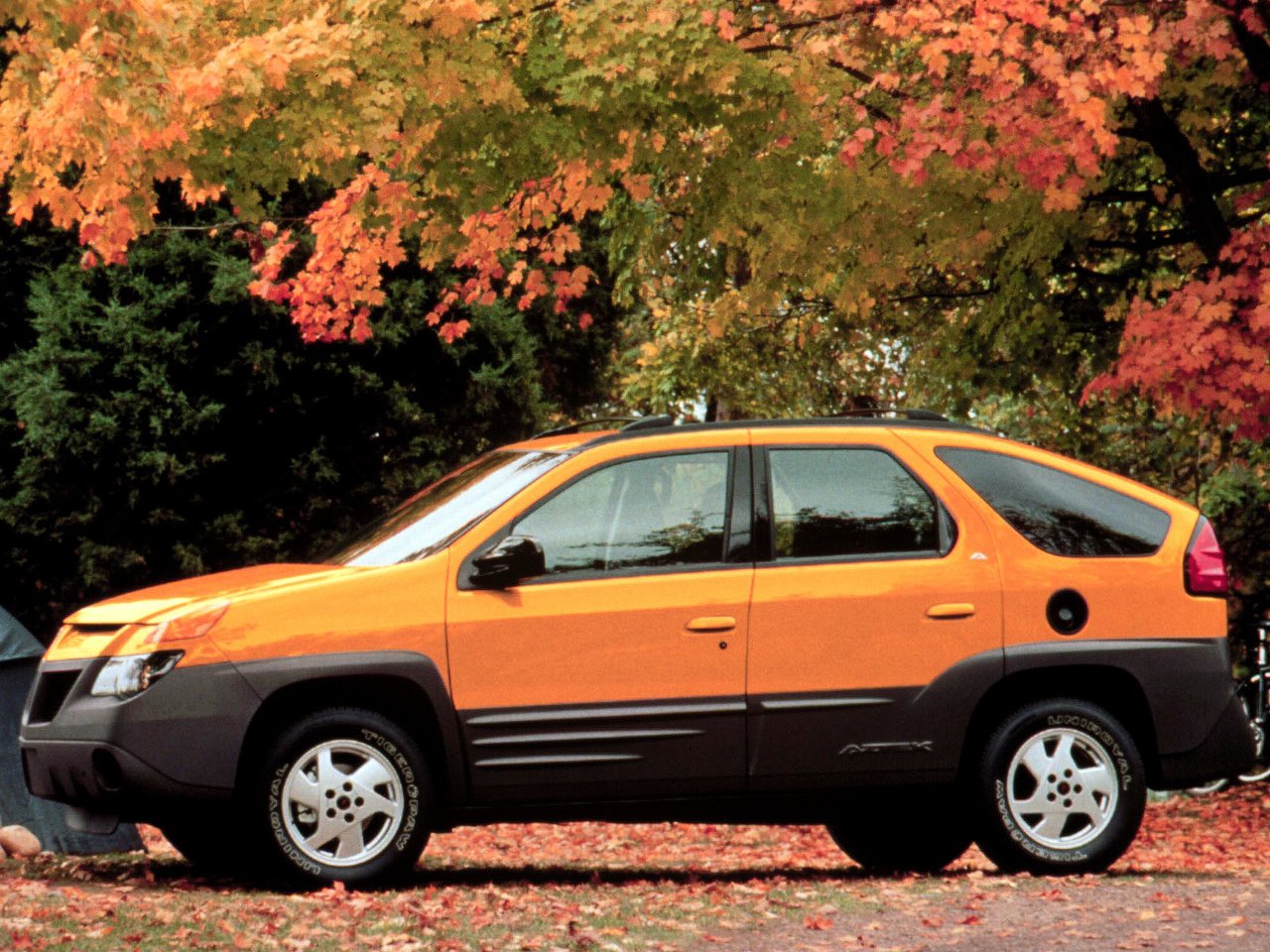What We Owe To The Hipster
Bidding farewell to the most prominent subculture of this century so far.
Goodbye - and thanks for the fine coffee (photo © Shutterstock)
The hipster’s days are running out. As bushy beards and ironic glasses are no longer found just on baristas’ and creative types’ heads, but those of 20-something bank clerks in provincial towns too, it’s only a matter of time before the likes of Shoreditch and Kreuzberg will become publicly accessible museums to a past lifestyle - time capsules of an era gone by.
One can expect about another decade to pass by before skinny jeans and lumberjack shirts will be certain to elicit the mocking grin with which teenagers of all eras have always acknowledged obsolete fads. But already the hipster way of things has made inroads into mainstream lifestyles on far too broad a scale to be even remotely considered avant-garde anymore - the death knell for any subculture, then and now.
Despite its avowed commitment to a Lifestyle Of Health And Sustainability, the hipster has really been a godsend to commerce. Whereas its alleged successor, the ‘woke’ community, revels in political activism and abstinence from consumerism, the hipster (in both its male and female forms) is and always was at its heart an ironic, shabby chic yuppie. Like its unashamedly materialistic ‘80s forbear, the hipster cared deeply about consumption: certain brands and products were deemed ‘right’ and hence acceptable. Patrick Bateman’s Krizia ties were thus replaced with Herschel backpacks, whereas the homicidal badge snob’s then state-of-the-art Harman-Kardon stereo system would take pride of place as a retro item in any self-respecting copywriter’s Peckham flat anno 2021.
Artisanal car curation (photo © Porsche AG)
Whereas the hipster has had profound and obvious effects on fashion, furniture and gastronomy, its influence on the automotive world is rather more elusive - with the exception of one area where its cultural impact has been marked: restomods. Like some painstakingly renovated loft, whose rough industrial flair must be maintained, while provisions for modern creature comforts are delicately applied and mostly hidden from view, restomods are superficially about conservation and substantially about extreme individualism. One gets the nostalgic style without the detriment of old, unreliable engineering - or the latent danger of ending up parked in a row of candy-coloured 911 Ts at a Cars & Coffee gathering. At the same time, one can claim to be preserving a classic vehicle, rather than merely consuming yet another vulgarian new car. The semi-ironic do-gooder front hence remains firmly in place, while any hedonistic cravings are completely satisfied. It’s like having one’s vegan cake and eating it with shameless Epicurean delight.
Car industry vs industrial chic (photo © BMW AG)
Despite the these latently profligate ways, the mainstream car industry has largely failed at successfully pitching its products to the hipster, and not just because many of them are either too young to buy a new car or life in densely populated areas where they have no use for one. Diffident attempts at incorporating ostensibly natural and/or sustainable ‘authentic’ materials in cars’ interior have been made, but overall, carmakers have been considerably less successful at pandering to this Zeitgeist than industrial breweries at launching high-priced craft beer lines - with the exception of a certain Californian car maker that’s revered even by those who are literally not in the market for a car in the first place.
Aesthetically, Tesla has really done very little to earn the affections of the hipster. But unlike the ‘legacy’ car makers’ often awkward EV designs, not to mention the industry’s wholesale adoption of gangsta aesthetics, Tesla’s largely inoffensive stylistic approach has been sufficiently unremarkable as to allow the cars to be seen as drivable consumer electronics, rather than automobiles. Luckily for Tesla, this is the one area where the hipster’s LOHA blindspot traditionally rested: neither working conditions at Foxconn, nor the kind of planned obsolescence Detroit in its cynical prime wouldn’t have dared incorporating could ever drive a wedge between the hipster and its essential lifestyle device. As long as a product, any product, is ‘designed in California’ and considered without equal, it’s ‘special’ enough to be deemed acceptable.
Moral and/or aesthetic superiority are the hipster’s elixir. When this superiority isn’t visually obvious - like a vintage metal shelf that is so clearly built to a different standard than Ikea’s laminated fibre icon, Billy -, a bit of subtext does the telling instead. In automotive terms, this subtext would be the story of a Mr Walker, Dickinson or Musk, who’d gotten tired of mediocrity and went out to create an (ethically or aesthetically) better car by and for himself. This association with strong-willed, idiosyncratic men of action counts for a lot and gives ‘legacy’ car makers yet more food for thought - for their CEOs might publicly abandon all the ties in the world, yet they’ll never be considered trailblazing rebels doing their thing. Against that context, automotive CEOs might just as well keep their ties in place and dignity intact.
The shabbier, the chicer (photo © Porsche AG)
In a decade’s time, the hipsters currently only being acquainted with mainstream automobiles through car sharing experiences or their antediluvian parents’ SUVs might have been forced to leave the escalatingly expensive city and move to the countryside. There, groceries and children will be in need being hauled about. On such regular, mundane occasions, a bit of cork at the bottom of the cup holder or a slice of recycled plastic trim might act as a faint reminder of a time when there was no shame in consumption - if it was the right kind of consumption.
















Car interior designer who created some of the most significant cabins of all time, most notably the Porsche 928’s